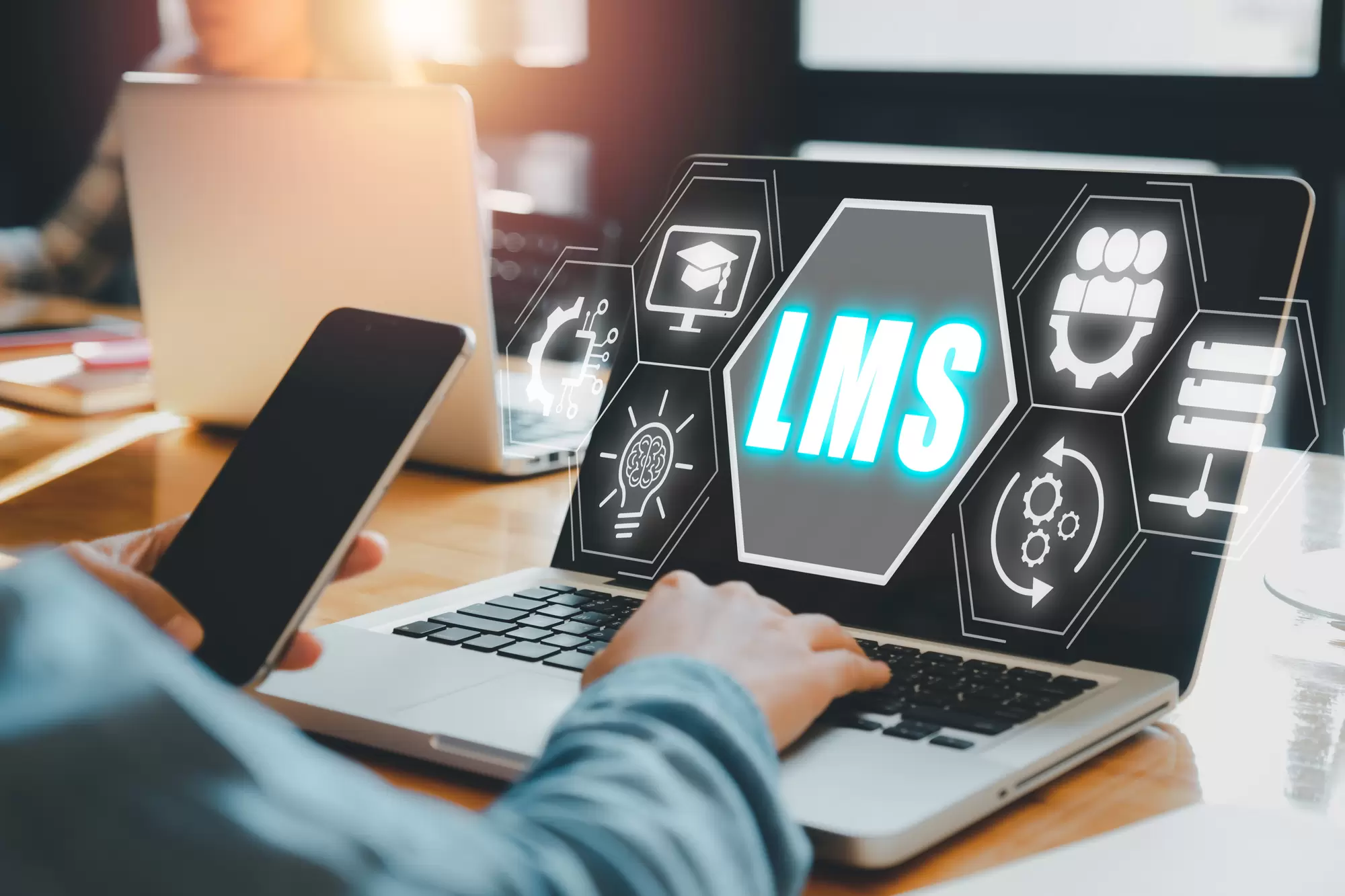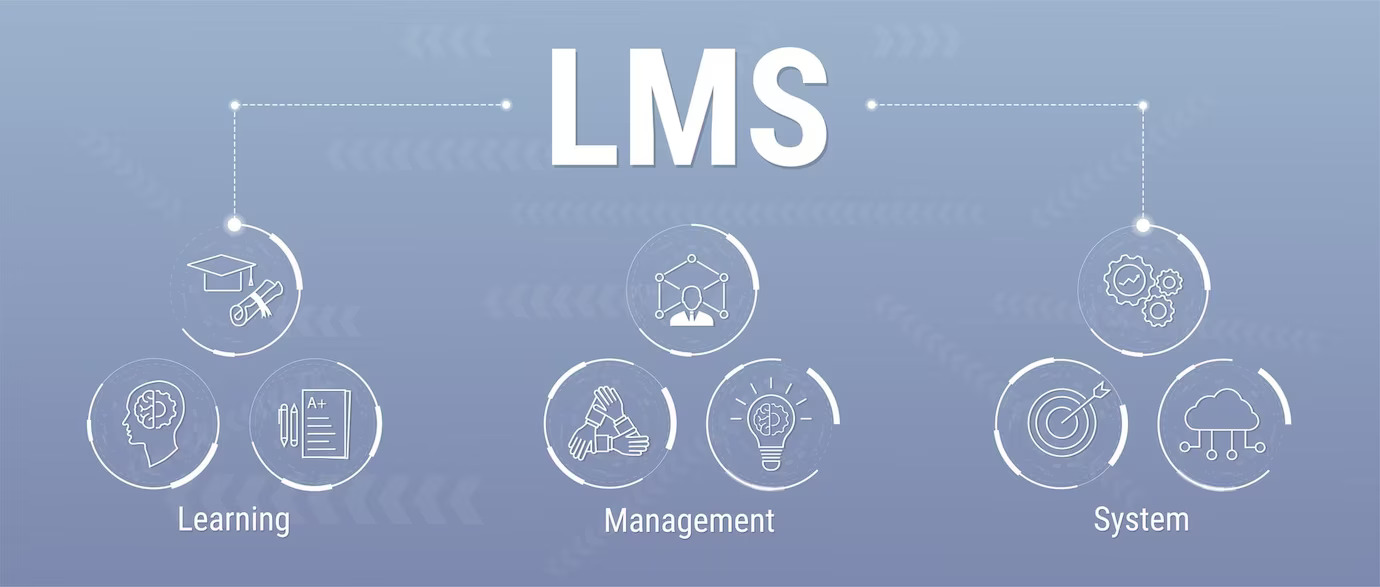The Evolution of Learning Technology with the LMS
- 1 Key Stages in the Evolution of Learning Technology
- 1.1 Emergence of E-Learning
- 1.2 Birth of the Learning Management System (LMS)
- 1.3 Expansion of Features and Functionality
- 1.4 Mobile Learning and Accessibility
- 1.5 Personalization and Adaptive Learning powered by AI and ML
- 1.6 Integration and Analytics
- 1.7 Gamification and Engagement Strategies
- 2 Summing up
Learning, in some shape or form, has always been integral to our survival from the beginning of time. We have come a long way in the way we learn, too, from the traditional learning methodologies we have followed for decades to the pinnacle of learning today, that are Learning Management Systems.
In this blog post, we will take a brief look at the history of learning technology, with a focus on the evolution of LMSs, the gold standard of learning today.
Key Stages in the Evolution of Learning Technology
We have been writing for over 5,000 years, but it was not until the 15th century that writing was adopted as a form of learning for the masses. As technology evolved and new discoveries were made, we transitioned from the radio to projectors, televisions, and video, which were all used to broadcast educational programs in the 20th century.
Post the 1980s, personal computers became mainstream and then came the internet. The rest is history.
Emergence of E-Learning
The term “E-learning” was coined by Elliott Masie in 1999. Initially, e-learning was only designed to impart knowledge to learners and involved the use of multimedia content such as text, images, and video.
However, as technology in the fields of computing and the internet progressed, e-learning evolved to become more interactive. Simultaneously, as access to the internet became cheaper, its use widespread, and speed improved, so did the adoption of e-learning.
By the 1990s, several schools in developed countries were already using e-learning as a means to provide distance learning. Businesses, upon realizing the effectiveness of this new form of education, started adopting e-learning to train their employees in the 2000s.
Birth of the Learning Management System (LMS)
The very first attempt at LMS Technology can be credited to Sidney Pressey, who, in the 1920s, invented the “Teaching Machine.” It was a mechanical device that resembled a typewriter and had a window to show questions in the form of Multiple Choice Questions (MCQs). Students have to press the correct keys to record their answers, and the Teaching Machine would then record the scores and provide feedback.
The following years saw similar attempts at creating Computed Assisted Instruction (CAI) devices.
The 1960s saw the development of PLATO (Programmed Logic for Automatic Teaching Operations). It was a pioneer in educational technology and was the first system to combine graphics and touch-sensitive screens. It also introduced features that are now commonplace in online learning, such as online testing, chat rooms, and message boards.
The 1990s witnessed the first Learning Management Systems (LMSs), such as WebCT (Web Course Tools), Moodle, and Sakai. Advances in internet technology and the popularization of e-learning paved the way for web-based LMS systems that provided a centralized place to create and manage online courses.
Expansion of Features and Functionality
As Learning Management Systems became popular and began to see usefulness in various sectors, they had to evolve in order to meet the evolving demands of all parties involved. Over time, a number of new features were added to LMSs, such as:
Content Authoring and Management: This feature provided educators or management the ability to create new online learning content and update, organize and share it as and when needed.
Communication and Collaboration: These features provide the capability for learners to communicate either with each other or with instructors to achieve better learning outcomes.
Analytics: Data analytics is perhaps the most important addition to the capabilities of LMS systems. It enabled educators and L&D professionals to collect, analyze, and visualize data related to the online learning process of either their students or employees.
Mobile Learning and Accessibility
The smartphone is by far the most commonly used electronic device of the 21st century. As a result, the e-learning industry, too, witnessed the widespread adoption and usage of mobile technologies. To support this shift, LMS also adapted to become more mobile-friendly and accessible.
The Best Learning Management Systems of today feature responsive designs that can adapt to any screen size, resolution, and orientation to ensure the widespread accessibility of learning.
Personalization and Adaptive Learning powered by AI and ML
Advances in the fields of Artificial Intelligence (AI) and Machine Learning (ML) enabled Learning Management Systems to incorporate personalized and adaptive solutions into them.
It has long been known that these forms of learning have a big impact on knowledge retention when compared to the traditional one-size-fits methodology that has been the standard since the dawn of formal education.
While AI looks at each learner’s preferences, pace, and strengths so LMSs can create custom learning paths, ML predicts potential problems and offers tailored content. Together, modern LMS platforms can create bespoke curriculums designed for each learner’s unique needs, promoting self-directed proficiency.
Integration and Analytics
The next step, especially for an LMS for services and technology sectors, was integration with existing systems and data analytics.
Integration capabilities allowed LMSs to connect with other systems and platforms, such as social media, CRM, ERP, and HRIS, to facilitate the easy sharing of data and insights across systems. Analytics, on the other hand, was used to improve the content, design, and delivery of online courses.
Gamification and Engagement Strategies
With LMS platforms now adept at providing personalized learning experiences, seamless integration, and detailed data analytics, the next logical step was to improve engagement levels. The solution: Gamification, which is the application of game design principles and elements to non-game contexts, in this case, online learning.
Studies have shown that gamification improves engagement levels by over 60%. Over and above the improvement in engagement levels, gamification also trumps traditional learning by offering learners a sense of enjoyment and eagerness to participate on levels never seen before.
Summing up
Learning technology has come a long way since its inception thousands of years ago. From writing to the very latest in AI-backed tech, we have evolved in the way we learn and teach.
The LMS is one of the most prominent examples of how learning technology has evolved over time and has now become the pillar of this sector and is here to stay.

















